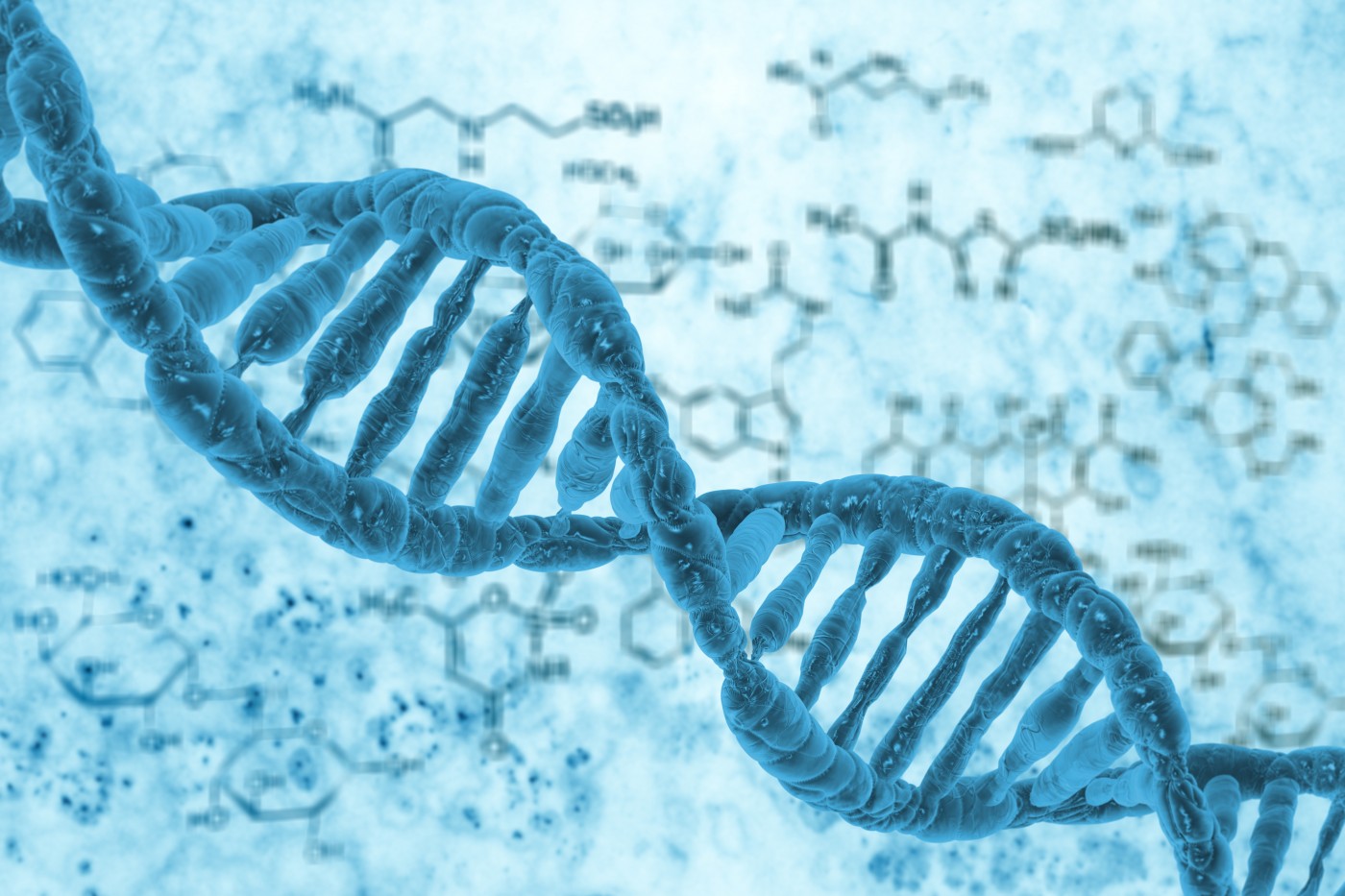Mitochondria DNA Variation Could Lead to Autism, New Study Suggests

Variations in mitochondria DNA, the cellular powerhouses responsible for energy production, could lead to the development of autism, a new study suggests.
The study, “Association Between Mitochondrial DNA Haplogroup Variation and Autism Spectrum Disorders,” was recently published in the journal JAMA Psychiatry.
The research team was led by Douglas Wallace, PhD, director of the Center for Mitochondrial and Epigenomic Medicine at the Children’s Hospital of the Philadelphia Research Institute. Wallace is also a professor of pathology and laboratory medicine at the University of Pennsylvania.
In addition to a cell’s nucleus, mitochondria also contain a smaller amount of DNA. “What we discovered is that a very significant proportion of the risk of developing autism correlates with the mitochondrial DNA variants, not the nuclear variants, so that implies then that mitochondrial energetics might be the cause, or a major factor, in the etiology [cause] of this disease,” Wallace said in a news release published in GEN and written by Christina Bennett.
Disturbances in mitochondrial function may especially affect the brain. “The brain uses 20% of all the energy that our body generates but is only 2% to 3% of our body’s weight; therefore, subtle changes in mitochondrial energy production should have a disproportionate effect on the brain,” Wallace added.
Alterations in energy metabolism due to genetic variants of mitochondrial DNA, called haplogroups, begun thousands of years ago when humans originally migrated from Africa. These slight changes enabled adaptation to new environments, and have been inherited maternally.
To explore the association between these haplogroups and autism spectrum disorder (ASD), the authors analyzed data from 933 families, including 1,624 ASD patients (80% boys and 20% girls) and 2,417 healthy parents and siblings. The scientists observed that most subjects had mitochondrial DNA with European origin and, to a lesser extent, Asian, Native American, and African.
The researchers compared each haplogroup with the most prevalent European haplogroup, HHV. This yielded that some European haplogroups – I, J, K, O-X, T, and U – and Asian and Native American haplogroups A and M were significantly associated with ASD.
Wallace observed that the present findings are relevant because they strongly indicate that it is the energy deficiency of mitochondria that is associated with autism.
The results complement the findings of a study previously published in PLOS Genetics. This earlier research showed an association between ASD and heteroplasmic mutations (mixtures of mutant and normal DNA) in the mitochondria. Unlike the ancient haplogroup variations, heteroplasmic mutations have entered the genome only recently.
To further explore the relationship between autism and mitochondrial dysfunction, Wallace’s team developed mouse lines with subtle mitochondrial DNA mutations and defects. The researchers are determining whether these mice have characteristics associated with autism.
“Once we have animal models, we can then use them for screening drugs that will increase mitochondrial energy production and hopefully ameliorate the symptoms,” Wallace said.






